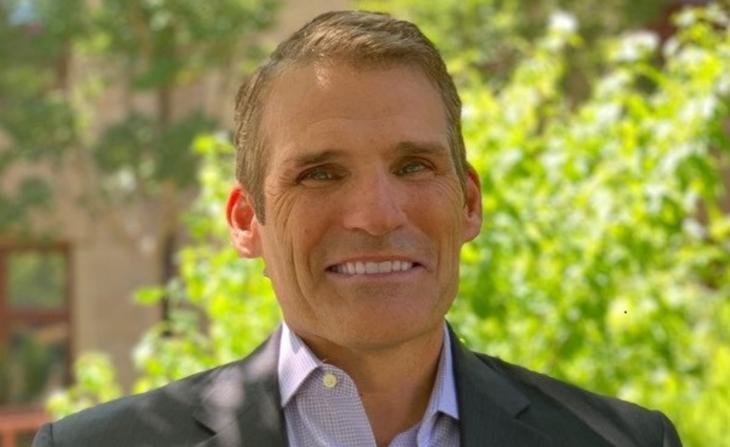 @TDC Group.
@TDC Group.
T.C. Wilson: As an insurance company, we're very conservative and cognisant of risk management, a philosophy that filters through to all aspects of our organisation, including investments.
Over 70% of our assets are in high-quality, highly liquid investment-grade issues. In the same vein, we're very well capitalised, with $2.7 billion in surplus. This strong capital position allows us to invest our surplus a little bit more aggressively in stocks and other assets that are marked to market, to generate additional return to both preserve and grow surplus. A strong surplus allows us to keep our rates in a reasonable and competitive position.
T.C.: Let me take a small step back. We're owned by our members and insure over 88,000 physicians. Member ownership is critical to us and supports our mission, which is to advance, protect, and reward the practice of good medicine.
"For investments, the guidelines are very rigid and conservative."
Since regulators are charged with enforcing the laws and regulations pertaining to our business and making sure that all companies are compliant, they have their own mission-based concerns over the entities they regulate. So, it is important to make sure that companies – however aligned –understand this mission-based side of regulation. We share the same objectives of providing access to affordable insurance and protecting policyholders. What regulators do can help us, and vice versa, given we keep policyholders’ needs first and foremost.
For investments, the guidelines are very rigid and conservative. This makes sense because regulators do not want insurance companies assuming too much risk, whether on underwriting or investments, and not both areas at the same time. They are especially concerned with making sure that companies remain solvent, so they are there for their policyholders in the event they have a claim.
T.C.: This is in our investment policy and guidelines under sustainability. When we look to allocate investments to sustainability-related investments, we require the use of California's Climate Sustainability Branch's guidelines.
"We're committed to the values of ESG investing, which we believe
can improve the overall risk profile of our portfolio."
These are guidelines put forth by the state that not only look at it from the fossil fuel perspective, which includes oil and gas, but also look at thermal coal, as well as positive environmental factors, such as green bonds.
We're committed to the values of ESG investing, which we believe can improve the overall risk profile of our portfolio, given they are complementary to our core holdings.
T.C.: We write in all 50 states, and we’re headquartered in Napa, California. About 20% of our medical practice liability premium is generated in the state of California.
"It's not the case that regulators think that a legal requirement is still relevant, it's
that they need somebody to say that a regulation is stale."
It's better to recognise the states that are a little bit more challenging. California and New York have some of the more stringent regulations about how we operate, and what we can and can’t invest in.
Some of the investment laws and regulations are outdated, with regard to actual risk, as they were enacted 30 to 40 years ago when the medical professional liability industry was first developing. It's not the case that regulators think that a particular legal requirement is still relevant, it's that in some situations, they need somebody to come in and say that a regulation is stale and that things have changed and here's why.
California has been very open to hearing what we have had to say in that regard. At the end of the day, these are laws that we can't change for them; we can only make suggestions.